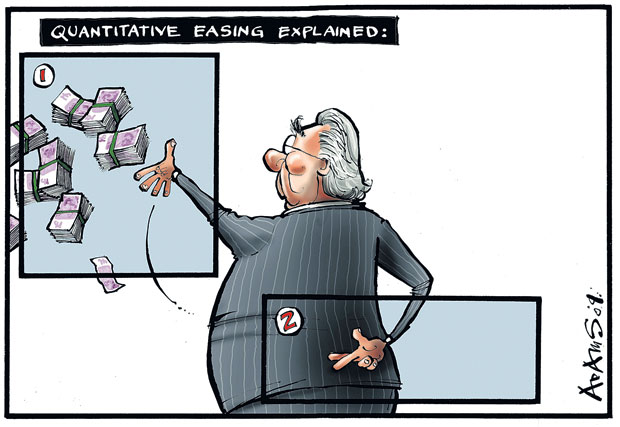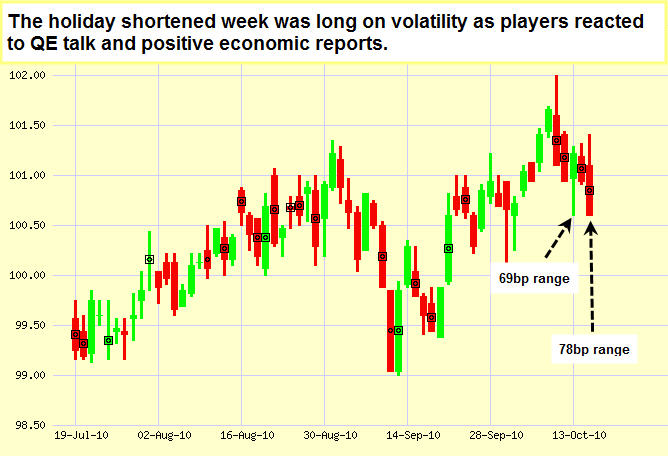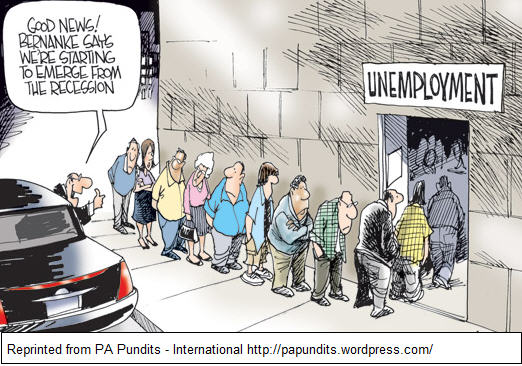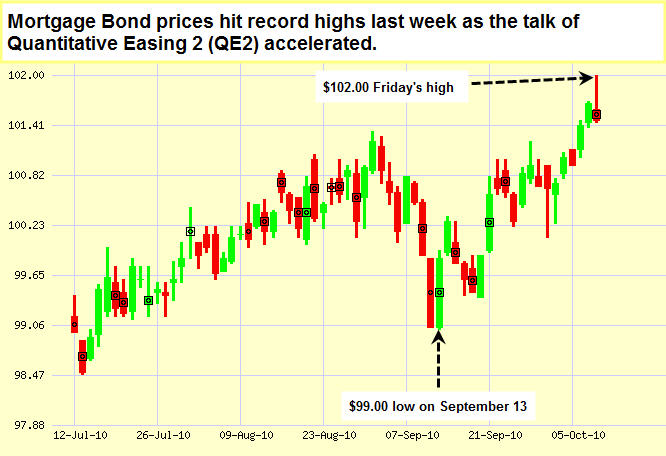5 Facebook Posts That Put You at Risk
Be sure you're not sharing too much information with friends, family and others online.
By Cameron Huddleston, Kiplinger.com
There was a big outcry recently when it was revealed that personal data of Facebook users had been posted to a database open to everyone. (See Congress to Crack Down on Facebook.) Facebook users, naturally, were concerned about their privacy.
Yet, every day Facebook and other social network users publish personal information that could put them at risk without thinking twice. "An awful lot of people think when they get online and communicate with their friends that they are invincible," says Adam Levin, chairman of Identity Theft 911. A seemingly benign post or piece of information could make you a target of identity thieves and traditional crooks. To protect yourself, here are five things you should avoid posting online.
1. Date of birth. Almost 60% of social networkers post their date of birth, according to a survey by Identity Theft 911. After all, most of us like to be wished a happy birthday. But resist the urge to post your complete birth date -- including the year -- on your Facebook profile just to get a lot of messages on your big day. This is valuable information for identity thieves. I know you're thinking only your friends see what you post. But if someone does a search for your name, that person will see your birth date if it's listed in your profile.
2. Child's date of birth. When you post "Happy Birthday to my sweet Susie, who turns 5 today," you're giving identity thieves valuable information about your child. When it comes to your kids, resist the urge to post any information about them (see Protect Your Kids From ID Theft).
3. Travel plans. Surely you've seen Facebook posts like this: "We're going to the beach next week. Can't wait." In fact, you may be guilty of it yourself -- 18% of social network users post travel times, according to the Identity Theft 911 survey. Guess what? You've just extended an invitation for people to burglarize your home. Three men in New Hampshire burglarized more than 18 homes by checking Facebook status updates to see when people wouldn't be home (see Burglars Said to Have Picked Houses Based on Facebook Updates).
4. Address. If your address is on your profile AND you let people know when you're going out of town, well, you know where I'm going with this. Nonetheless, 21% of social network users post their address, according to the Identity Theft 911 Survey.
5. Mother's maiden name. It may seem like common sense not to post your mother's maiden name on a social networking site, but about 11% of the people who responded to the Identity Theft 911 survey said they did. Identity thieves will hit the jackpot if you reveal this bit of information online.
Not only should you avoid posting any of this information, but also you should fix your Facebook settings to control who sees what on your page. Use different passwords for social media sites than you use for financial sites, such as your bank or credit card site. Be careful about clicking on links on Facebook or similar sites because they could contain viruses that will secretly track your passwords, account numbers and other things.
Reprinted with permission. All Contents ©2010 The Kiplinger Washington Editors. www.kiplinger.com.
--------------------------
Economic Calendar for the Week of October 18-22, 2010
Remember, as a general rule, weaker than expected economic data is good for rates, while positive data causes rates to rise.






 In This Issue
In This Issue 








